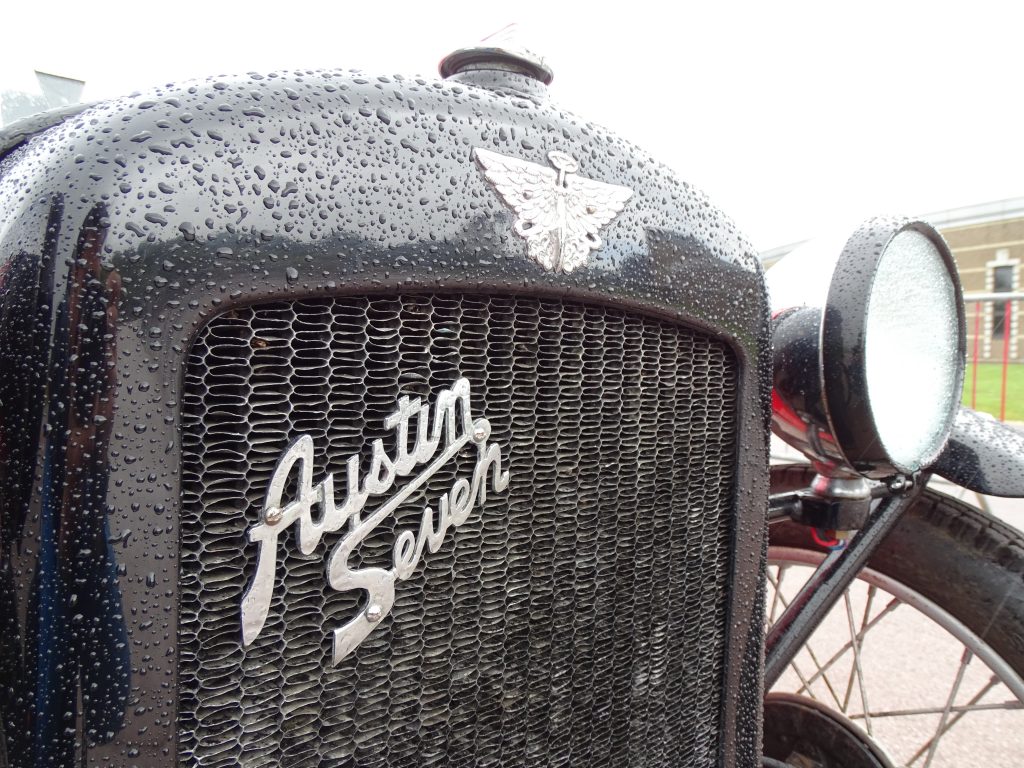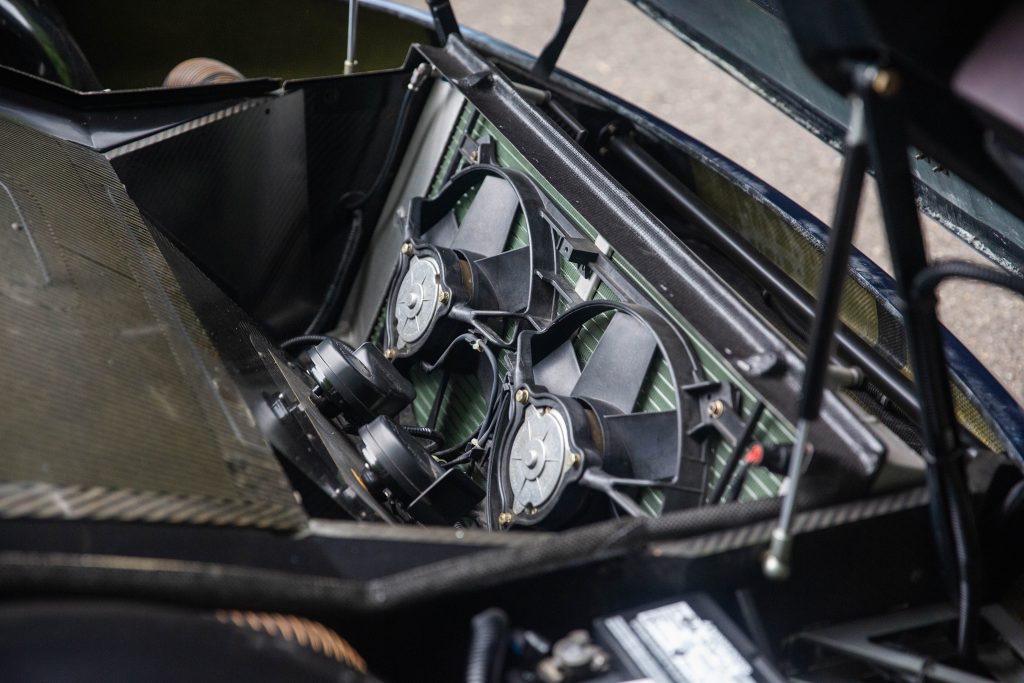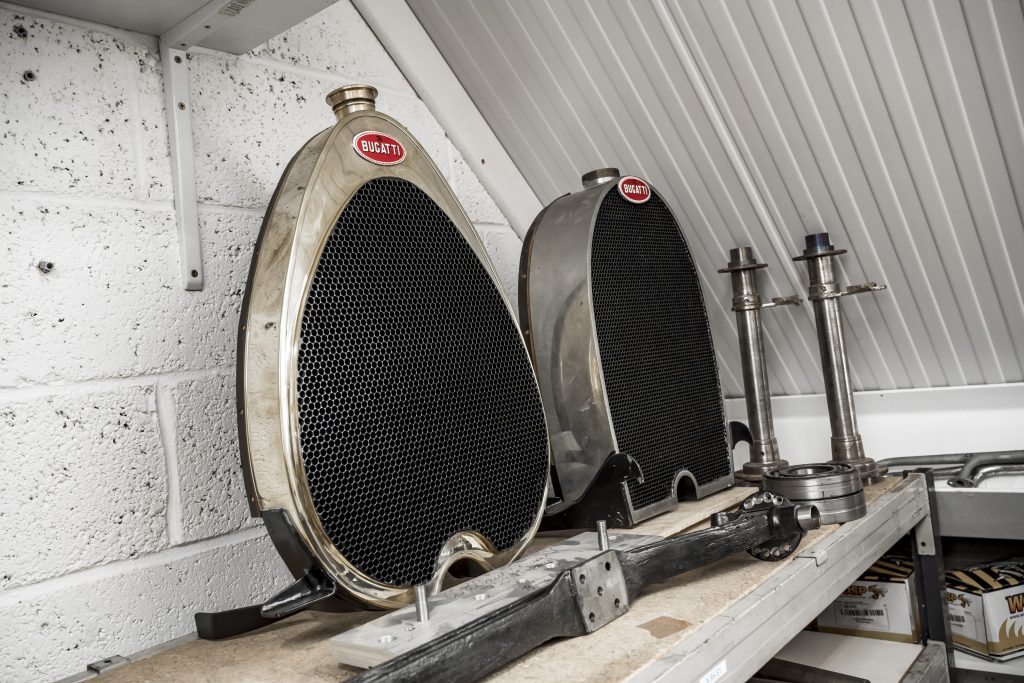One of the most familiar problems with owning an older car and one that has provided plenty of fodder for black and white comedy films in days of yore, is overheating. In reality though, standing by the open bonnet of your beloved, ducking plumes of steam spurting from the radiator cap, is no fun. The causes can range from minor to major, so it’s worth making sure the cooling system is in perfect shape – and it’s an easy task to perform if while the car’s off the road over winter.
The good news is that keeping an engine cool isn’t rocket science but there are different types of system depending on the age of the car. Pre- and post-war cars often have unpressurised systems which rely on the engine running cooler but later cars have pressurised systems which allow the engines and the coolant to run at higher temperature for greater efficiency.

Pressurising the system simply raises the boiling point of the coolant and that’s controlled by the radiator cap (or expansion tank cap on modern machinery). The caps are pressure rated depending on the car so it’s important to fit the right cap. Pressures are relatively modest, typically 15-18psi, but to achieve that the rubber seal in the cap must be in good condition otherwise the coolant will boil over and cause overheating. Always buy new; radiator caps are inexpensive but do an important job.
How your cooling system works

The most basic of all cooling systems in old cars without a cabin heater, consist of a radiator, belt-driven water pump in the engine, and thermostat. Cars with heaters have a second radiator, the heater matrix, inside the cabin. Fresh air from outside forced through the matrix (either by atmospheric pressure or an electric fan) warms the cabin. If you find your car beginning to overheat, turning the cabin heat and fan settings to maximum to increase the cooling capacity of the cooling system can sometimes be enough to get you home.
Coolant is pumped around the system by a water pump, usually bolted into the front of the cylinder block and driven by the fan belt. Coolant flows from the radiator bottom hose, into the water pump then through the heart of the engine, the water jacket, which is a space around the engine’s cylinders created during the casting of the block. After that, it flows up into the cylinder head, through the thermostat then out through the top hose to the radiator.
The radiator consists of a top tank and a bottom tank, with a core comprising vertical tubes joining the two. Fine, horizontal fins provide the large surface area to take the heat away from the radiator, cooling the water as it travels down through the core. The radiator fan is there mainly to provide a cooling airflow when the car is stationary or moving slowly, then once it picks up speed, the natural airflow takes over.
Common problems

If an engine begins to overheat while driving at a reasonable speed, the first port of call is the thermostat. Engines are designed to run at a certain temperature for maximum efficiency and the thermostat restricts the flow of water from the front of the cylinder head back into the radiator. A bypass circuit, sometimes involving a small hose, allows a restricted flow of coolant directly back into the water pump when the thermostat is closed. By cutting out the radiator from the circuit, the coolant heats up quickly but if the thermostat fails in the closed position as it often does, then the engine will overheat.
If the engine is overheating badly or boiling over and blowing water out through a serviceable radiator cap, the culprit may be a leaking head gasket. When that happens, leaks may not be visible externally, but when the gasket fails between a combustion chamber and a water jacket port which allows water coolant to flow from the block to the cylinder head, then the cooling system becomes pressurised and heated directly by combustion gasses. That’s easy to spot though. When the engine is cold, there will be white, emulsified oil visible in the radiator and in the engine oil filler. The only fix for that is to remove the cylinder head and replace the head gasket along with any work needed to sort out the cause.
Draining the system is simple, either via a tap on the radiator or simply undoing the hose clamp and pulling the bottom hose off when the engine is cold. Removing the thermostat housing gives access to the thermostat itself. Each thermostat is designed to open at a certain temperature and will be stamped with that value. It can be checked by popping it in very hot water, (preferably with a thermometer) and it should open above the appropriate temperature. If it doesn’t, it should be replaced.
Other cooling issues

A more obvious cause of overheating is loss of coolant through a leaking hose (so make sure they are all in good shape), a punctured radiator, a badly slipping or failed fan belt, or electric fans which are not firing up as they should when the engine temperature reaches a certain threshold. In that case, check the wiring and also the sensor screwed into the cylinder head which triggers the fan.
A less obvious cause is a poorly maintained cooling system which is blocked with sludge and corrosion. Notice we’re using the word “coolant” here rather than “water” because the system should be filled with a mixture of water and antifreeze. Antifreeze does more than its name suggests, it’s also a corrosion inhibitor and without it, everything the coolant touches will corrode, which means the inside of the engine. Corrosion will circulate with the coolant, sludge will build up in the bottom of the engine’s water jacket and bottom radiator tank and the radiator core will become steadily blocked and less able to do its job.
Use the recommended maximum amount of antifreeze to protect the system but don’t go mad and fill with a majority of antifreeze because water is a more effective coolant than glycol. If you’ve just acquired the car and the coolant looks grim, flush the system by draining it (when the engine is cold) refilling with a proprietary radiator flushing product and running the engine for the specified time before draining again and refilling. When doing this remember to have the heater on full so the matrix gets flushed as well.
At refill time, the amount of antifreeze you need will be printed on the bottle and depends on the capacity of your car’s cooling system. You can find that out by checking a maintenance manual or draining it, then re-filling with plain water to see how much it takes. Avoid refilling a filthy cooling system with fresh coolant mixture because the anti-corrosion properties of the antifreeze will be diminished. Cleaning and refreshing the cooling system isn’t difficult or unpleasant to do and there’s satisfaction in knowing the engine and radiator is properly protected, in more ways than one.
Read more
Socket Set: How to clear drainage channels and stop your car leaking and rusting
Socket Set: Diagnosing a faulty alternator
Socket Set: Solving distributor problems










I use fernox radiator anti freeze all year round and the car (1925 Swift 10) seems to run cooler than it did with conventional anti freeze plus it has cleaned the system out and doesn’t appear to find leaks. is this a bad thing to use or not?